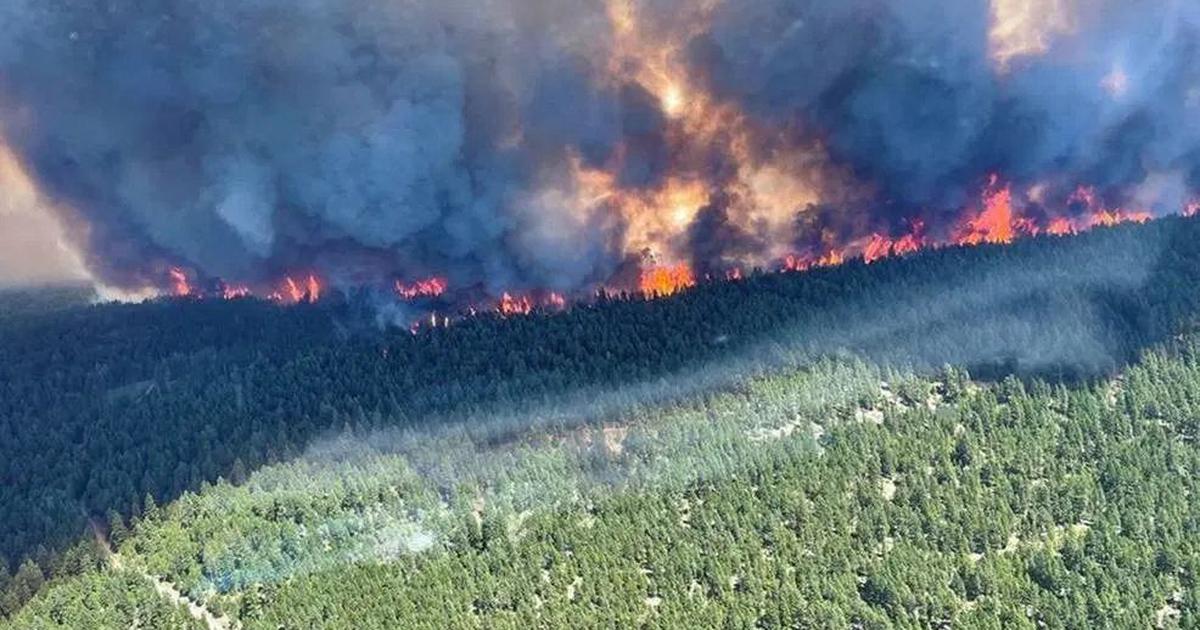Rising classroom temperatures have been demonstrated in studies to make learning more difficult
Rising temperatures as a result of climate change are creating more than simply uncomfortable hot days around the country. The extreme heat is putting a lot of strain on key infrastructure including water supplies, airports, roadways, and bridges. The nation’s K-12 schools are one category of crucial infrastructure that has been badly impacted. Children should be protected from the sometimes dangerous elements of the outdoors, such as strong storms or excessive temperatures, by the nation’s more than 90,000 public K-12 schools, which serve over 50 million pupils.
However, because so many of America’s schools are old and decaying, it’s the schools themselves that need to be protected – or at the very least, modernised for the twenty-first century. According to official data, 28% of the nation’s public schools were established between 1950 and 1969, while only 10% were created in 1985 or after. I’ve been measuring the consequences of climate change on infrastructure and health for over a decade as a climate change researcher. During that period, I’ve noticed that the implications of climate change on public schools have received little attention.
Since 2019, I’ve been working with climate scientist Sverre LeRoy of the Center for Climate Integrity to see if the nation’s schools are ready for the impending heat waves. We looked studied the sensitivity of all K-12 schools to rising temperatures by comparing the climate conditions under which they were built with the expected conditions over the next two decades. We looked into whether or not present schools had air conditioning and whether or not they would be compelled to do so in the future.
According to the findings of our study, “Hotter Days, Higher Costs: The Cooling Crisis in America’s Classrooms,” more than 13,700 schools will need to install air conditioning by 2025, with another 13,500 needing to upgrade their existing systems.


























